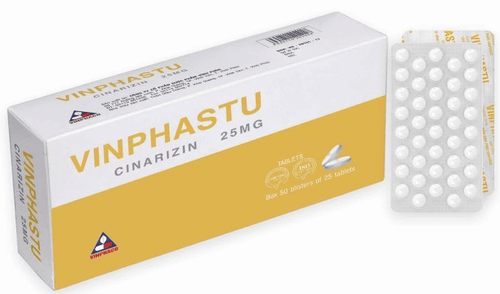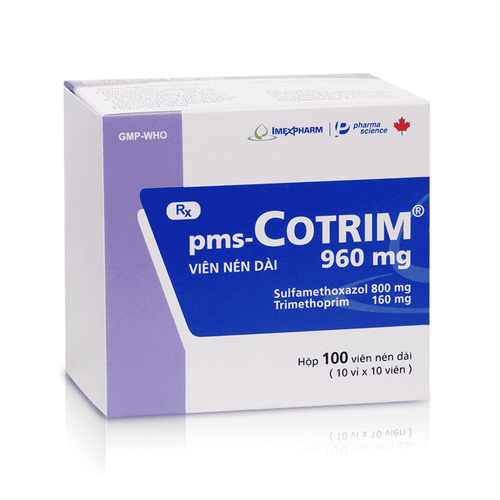This is an automatically translated article.
Eustachian tube or Eustachian tube is a communication organ between the middle ear and the pharynx to create pressure between the inside and outside of the eardrum, when blocked, it will cause tinnitus and hearing loss. The eustachian tube technique is a measure to help unblock the eustachian tube when non-invasive methods are not possible.1. When is the eustachian tube performed?
The Eustachian tube or Eustachian tube has a physiological function to help ensure the balance of air pressure between the inside and outside of the tympanic membrane, this organ is also responsible for draining secretions from the middle ear out through the pharynx, maintaining activity. sound transmission system.In the cases of occlusion or semi-obstruction of the eustachian tube causing tinnitus, hearing loss, if the valsava maneuver is unresponsive (the Valsalva test helps us to deal with temporary Eustachian tube blockages), it is necessary to do the following: Perform the technique of inflating the eustachian tube to avoid long-term blockage of the eustachian tube, causing fluid stagnation in the middle ear, causing inflammation, affecting hearing ability.
In general, the implementation of this technique is relatively simple and can be performed for both children and adults when there is occlusion or semi-obstruction of the eustachian tube without tumor cause.
However, when the patient is having symptoms such as acute nasopharyngitis, VA, purulent sinusitis or other respiratory infections, it is necessary to have stable treatment to avoid bringing pathogens into the middle ear. cause inflammation.
2. Steps to inflate the eustachian tube
Before performing the procedure, the patient or family members are explained in detail about the procedure to coordinate during the procedure and explain the possible risks, the patient is examined and an infection is ruled out. in the respiratory tract.
Bơm hơi vòi nhĩ được thực hiện trong trường hợp người bệnh bị tắc hoặc bán tắc vòi nhĩ
Method 1: The means of use is a rubber ball, this is simple and easy to do, usually done in adults.
Step 1: Let the patient take a sip of water and swallow only when ordered by the doctor. Step 2: Put the rubber tube: Put the Politzer ball tightly into the nostril on the side of the blocked ear canal, cover the other nostril with your hand. Step 3: The doctor orders the patient to swallow the water while squeezing the ball vigorously. Need to do the above steps several times to maintain. Method 2: The means used is an Itard catheter used in cases where the above measures are not effective.
Step 1: Use a curved cotton stick soaked with local anesthetic (xylocaine 3% - 6%) to numb the eustachian tube for 5 - 10 minutes. Step 2: Place the curved end of the Itard tube close to the floor of the nose, slowly push the tube from front to back to the posterior wall of the pharynx, then retract the tube forward about 1.5 cm and rotate the cannula 90 degrees up and out. at the same time ask the patient to swallow to open the faucet speaker. The tip of the tube slides over the faucet speaker to fall into the hole in the mouth of the faucet. Step 3: Once placed in the mouth hole, the assistant holds the catheter and the physician holds the stethoscope in one hand and inflates and inspects with the other. Squeeze will hear a gurgling sound in the ear is successful. Step 4: Finally, when done or when you don't see results for 5 minutes, withdraw the tube in the opposite direction. If inflation fails, move on to dilatation.
3. Notes after performing the eustachian tube procedure

Chảy máu, thủng màng nhĩ, tràn khí,... là những tai biến có thể gặp
Note when performing the procedure, there may be some possible complications such as:
Bleeding: Need to stop bleeding. Perforated tympanic membrane: Sometimes the high pressure inflating can cause perforation of the eardrum, it is necessary to pay attention to the symptoms of the patient to limit this risk. When there is a perforation of the eardrum, the eardrum needs to be repaired. Pneumothorax: Stop the eustachian tube and monitor, usually the air will clear quickly. Acute otitis media: It is necessary to avoid infections in the nasopharynx and treat stably to open the eustachian tube. When you have otitis media, you need to be treated with antibiotics like when you treat common acute otitis media. The technique of inflating the eustachian tube to treat blocked eustachian tubes is a simple and quick measure performed by otolaryngologists to ensure the communication between the middle ear and the oropharynx to avoid the risk of complications. leading to hearing loss and fluid retention causing inflammation. When there are signs of continuous tinnitus, hearing loss, it is necessary to visit specialized facilities for examination and appropriate treatment advice.
When there is a need to examine and treat ENT problems, guests can go to the Ear - Nose - Throat specialist - Vinmec International General Hospital to register and be examined by a team of experienced doctors. The hospital has a system of modern and advanced medical equipment, possessing many of the best machines in the world, helping to detect many difficult and dangerous diseases in a short time, supporting the diagnosis and treatment. by the most effective doctor.
Please dial HOTLINE for more information or register for an appointment HERE. Download MyVinmec app to make appointments faster and to manage your bookings easily.













